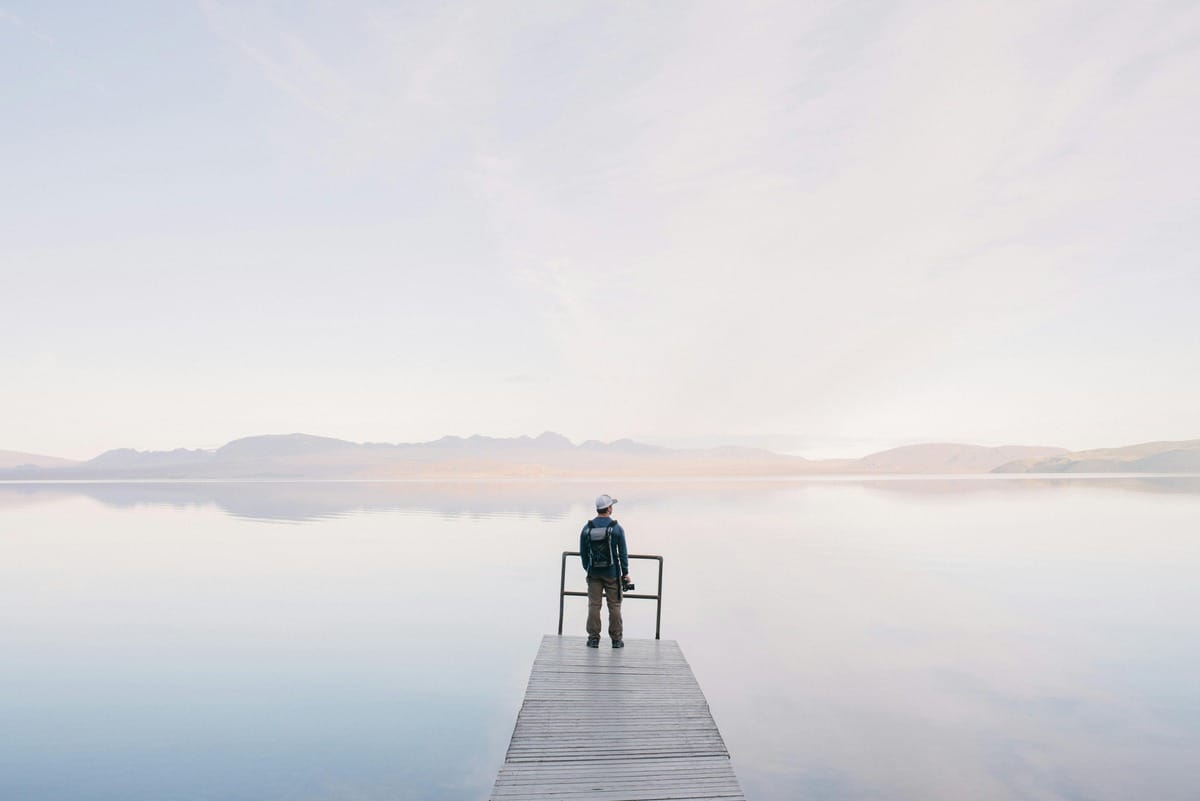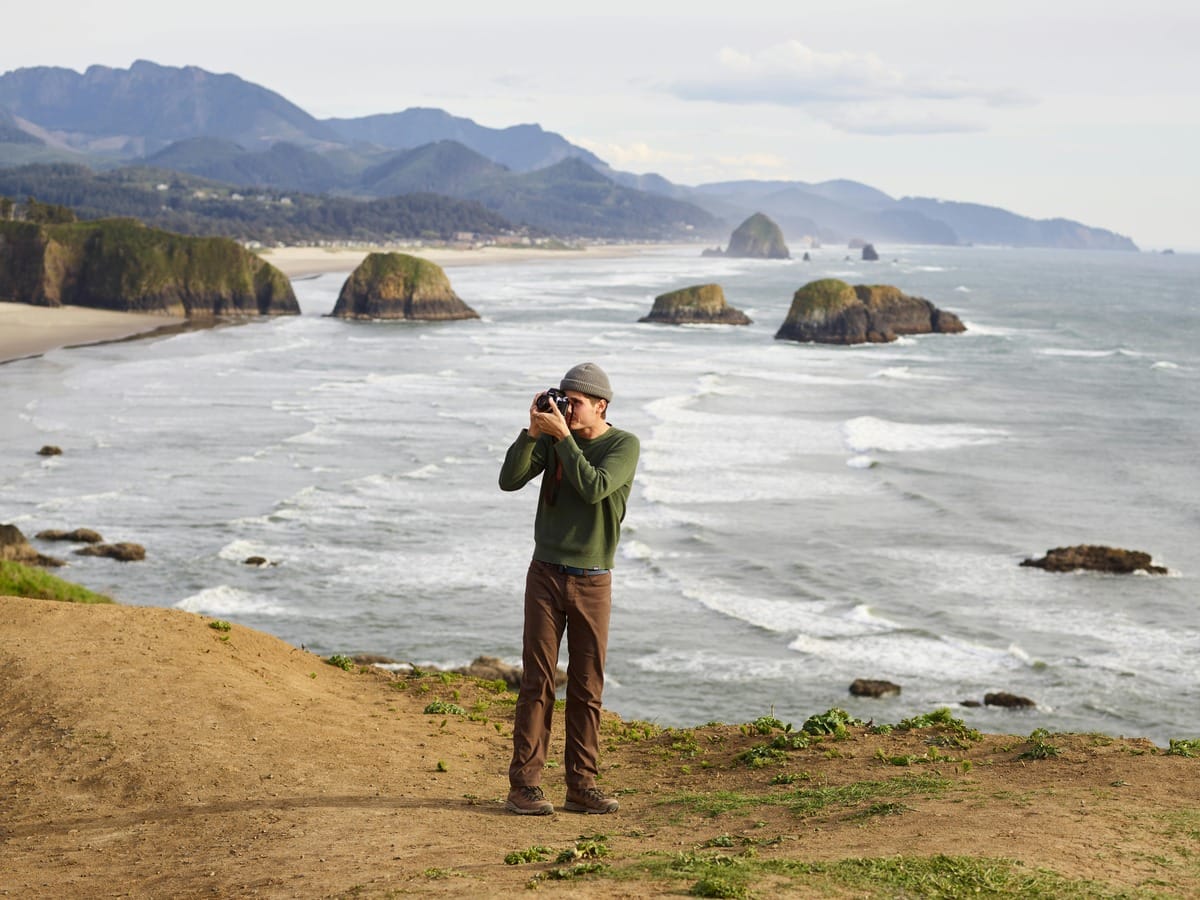Location Scouting: How to Find the Perfect Photoshoot Backdrop

In the photography industry, the backdrop can set a good photo apart from a great one. Whether you're shooting for a wedding, a fashion show, or a simple portrait, the location sets the tone, adds context, and breathes life into your photographs. This is where location scouting comes into play! It's a crucial yet often overlooked step in photoshoot planning that can take your work from good to extraordinary.
The Importance of Location Scouting
Let's be clear on one thing, location scouting is more than just finding a pretty place to shoot. It's all about discovering environments that complement your subject, tell a story, and provide the practical elements needed for a successful photo session. A well-chosen location can inspire your creativity and boost your model's mood, solve logistical challenges, and ultimately save time and resources during the actual shoot.
Consider the case of Annie Leibovitz, her iconic portraits often feature carefully selected locations that add layers of meaning to her images. Her portrait of Queen Elizabeth II at Buckingham Palace, for instance, used the surroundings to underscore the monarch's status while also revealing a more intimate side of the royal figure. This exemplifies how a thoughtfully chosen location can elevate a simple portrait into a powerful narrative.
Research Techniques: The Digital Age of Location Scouting
Thanks to internet, location scouting can begin long before you step out the door. The internet has an abundance of invaluable tools for photographers looking to find the perfect backdrop.
Google Earth and Street View
These tools allow you to virtually explore potential locations from the comfort of your home. You can assess the general layout of an area, check for interesting architectural features, and even gauge the direction of sunlight at different times of the day. This initial research can be very useful in helping you narrow down your options and save time for physical scouting.
Instagram is an excellent tool for location scouting. By searching location tags or following local photographers, you can discover hidden gems and get a sense of how different spots photograph. However, be cautious of over-photographed locations that may have lost their unique appeal due to overexposure!
Local Tourism Websites
Often overlooked, tourism websites can provide valuable information about scenic spots, historical sites, and local attractions beyond the most known ones. They frequently offer detailed descriptions and high-quality images that can inspire ideas for your shoots.
Photography Forums and Communities
Joining local photography communities can provide insider knowledge about lesser-known locations. Photographers are often willing to share their experiences and tips about various shooting spots.
Next Up: On-Site Assessment
While digital research is invaluable, nothing can replace an in-person visit to potential locations. On-site assessment allows you to evaluate factors that might not be apparent from online research. Here's what to look for during your physical scouting:

Here's what to look for during your physical scouting:
1. Versatility
A great location offers multiple shooting options within a small area. Look for varied backgrounds, textures, and compositional elements that can provide diversity in your shots without requiring significant movement.
2. Accessibility
Consider how easy it is to reach the location with your equipment. Are there stairs to navigate? Is parking available nearby? For outdoor locations, think about the terrain and whether it's suitable for your clients, especially if you're shooting with children or elderly.
3. Noise Levels
If you're planning to shoot video or conduct interviews, ambient noise can be a significant factor. Visit the location at the same time of day you plan to shoot to assess noise levels from traffic, construction, or other sources.
4. Privacy
For shoots that require a level of intimacy or control over the environment, evaluate how private the location is. Public spaces may offer beautiful backdrops but can come with the challenge of managing onlookers or passersby.
Lighting Considerations
Light is the essence of photography, and understanding how it interacts with your chosen location is crucial.
1. Natural Light Patterns
Visit the location at different times of day to observe how natural light moves and changes. The golden hours – just after sunrise and before sunset – often provide warm, flattering light, but they're not always practical for every shoot. Understanding how light behaves throughout the day allows you to plan your shoot times effectively.
2. Reflective Surfaces
Look for surfaces that can act as natural reflectors or diffusers. Light-colored buildings, bodies of water, or even sandy beaches can bounce light in interesting ways, potentially eliminating the need for artificial lighting equipment.
3. Shade and Shadow Play
Identify areas of shade that can provide relief from harsh midday sun. Also, look for interesting shadow patterns created by architectural elements or foliage that can add depth and interest to your compositions.
4. Potential for Artificial Lighting
If you plan to use additional lighting, assess the location for power sources and space to set up equipment. In urban environments, consider how ambient light from street lamps or buildings might affect your artificial lighting setup.
Permits and Permissions
One of the most overlooked aspects of location scouting is securing the necessary permits and permissions! Failing to do so can result in disrupted shoots, fines, or even legal action. Fortunately, these issues are easily avoidable. Taking necessary steps beforehand not only protects you legally but also shows your professionalism and respect for the rules of the venues you utilise.
1. Public vs. Private Property
While many public spaces allow photography without permits, some cities require licenses for commercial shoots. Private property always requires permission from the owner. Research local regulations and reach out to property managers well in advance of your shoot date.
2. Special Considerations for Iconic Locations
Famous landmarks or tourist attractions often have strict regulations about commercial photography. For instance, shooting at the Eiffel Tower at night requires special permission due to copyright laws surrounding the tower's light display.
3. Natural Areas and Wildlife
National parks, beaches, and wildlife reserves may have specific rules to protect the environment. Some may require permits or restrict the use of certain equipment like drones.
4. Insurance Requirements
Some locations may require proof of liability insurance. This is especially common for shoots in potentially hazardous areas or when using elaborate setups.
Tips for Working with Clients During Location Scouting
Involving clients in the location scouting process can lead to more satisfying outcomes and smoother shoots. Here are some tips for collaborating with clients:
Clear Communication
Discuss the client's vision thoroughly before beginning the scouting process. Understanding their aesthetic preferences, practical needs, and any specific shot requirements will guide your search more effectively.
Even if clients have a clear idea of their preferences, they might not know what's most effective for photography. Therefore, take the time to present them with sample backdrops from various locations or show them examples from previous shoots at the same spot, if you have any. This approach helps clients better visualise the space and identify which backdrops they truly appreciate in photos.
Mood Boards and References
Speaking of visual aids! Use mood boards or reference images to align your vision with the client's expectations. This can help bridge any communication gaps and ensure you're both on the same page.
Virtual Scouting Sessions
If clients can't join you for physical scouting, consider conducting virtual tours using video calls. This allows you to show them potential locations in real-time and get immediate feedback.
Manage Expectations
Be honest about the limitations and possibilities of each location. If a client's desired look isn't feasible within their budget or timeline, suggest creative alternatives that can achieve similar results.
Conclusion: Artistic Vision and Practical Problem-Solving
Mastering location requires a keen eye for visual potential, a thorough understanding of photographic techniques, and the ability to navigate logistical challenges. But one thing is for sure: the effort you put in almost always pays off. By offering unique backdrops, you'll not only improve the quality of your photographs but also give your business an edge. Your ability to find and utilise unique, compelling locations will set your work apart from the competition.
Remember that the perfect location is more than just a beautiful backdrop though! Don't be afraid of the spaces that inspire new ideas, challenge your technical skills, and push you to see the world through fresh eyes. As you develop your scouting expertise, you'll find that the search for the ideal location becomes an exciting part of your workflow, often leading to unexpected discoveries and creative breakthroughs.
